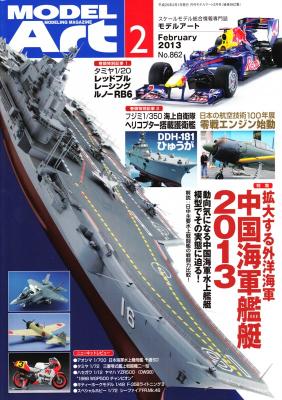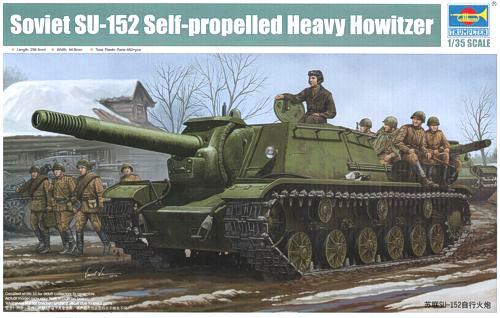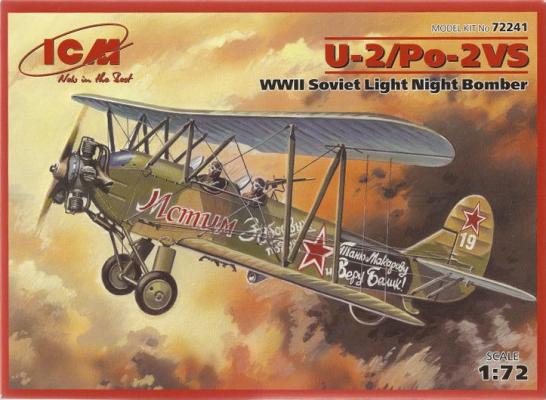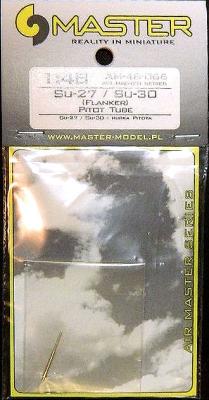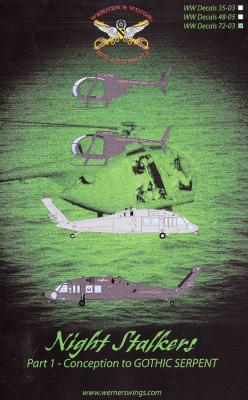Model Art Modeling Magazine is a Japanese publication that is released monthly. The text is mainly in Japanese with some English subtitles throughout. One selling point about these magazines is the high quality of the photographs and the models that are used.
Welcome to the IPMS/USA Reviews site!
Introduction: The primary organization of the IPMS/USA Review website is by IPMS/USA National Contest Class. Within each Class there are sub-menus by kits, decals, books, etc. The Miscellaneous Class is for items that are not class specific or that cross two or more classes.
IPMS/USA Members: We encourage you to submit reviews, both here and to the Journal. To volunteer for membership in the IPMS/USA "Reviewers Corps" and submit your own reviews, please read the Guidelines For Submitting Product Reviews.
Manufacturers, publishers, and other industry members: IPMS/USA is pleased to offer your company the opportunity for product reviews. All product reviews are performed by IPMS/USA members, and are posted in the publicly-accessible section of our website. With very few exceptions, we perform full build reviews of new kit releases, aftermarket products, and supplies. If you would care to provide product samples for review, please contact John Noack, IPMS/USA 1st VP.
To learn more about IPMS/USA, please see our About Us page.
The Stalingrad counteroffensive (Operation Uranus) showed the Red Army's urgent need for mobile heavy guns. The firepower of Soviet tanks, both motorized and with infantry units, was not sufficient to deal with German pillboxes and fortified buildings. In November, 1942, the development of a heavy self-propelled gun armed with 152.4mm ML-20 gun-howitzer was begun as project name KV-14, and the first prototype, Object 236, was completed in 25 days. Using the KV-1S tank chassis, mass production of the SU-152 started in mid-February, 1943, and about 700 were produced until superseded by the ISU-152 in December, 1943. During combat, it was found that the SU-152 was a great anti-tank gun that could take out a Tiger or Elefant tank destroyer with its 107 pound HEAT projectile. During the Battle of Kursk, the lack of roof vents led to crews passing out, so a later production model added vents and a hull machine gun.
History
The Polikarpov U-2 biplane was designed and built during 1928 as a primary trainer for the fledgling Soviet Air Force, and it seemed to possess all of the characteristics desired by that service, including rugged all-wood construction, a low-powered but reliable power plant, and excellent flying characteristics. It was produced in massive numbers, approximately 40,000 of them eventually being manufactured in the Soviet Union and foreign countries. The type was adaptable to many uses, including training, air ambulance, night bombing, crop dusting, and a few were even used as floatplanes. During the war, the plane was re-designated Po-2 in honor of the designer, Nikolai Nikolaevich Polikarpov. A few were even used by the North Koreans during the Korean War for night harassment, as, having all-wood construction, they had a very low radar profile. There are still a few flying today, especially in Europe.
- Sukhoi Su-27, AM-48-066, $8.50
- Harrier GR.3, AM-48-069, $5.50
- Sea Harrier FRS.1, AM-48-070, $6.50
Iwona and Piotr at Master Model in Poland are a gifted team. Here’s to you and your efforts; we FINALLY have a source for detailed, strong, accurate pitot tubes (and other things like gun barrels) with exquisite detail! Thank you for providing IPMS USA with these review samples, which were passed to me. We appreciate and support you!
New from Floyd Werner and Werner’s Wings are decals and history for the Night Stalkers, the 160th Special Operation Aviation Regiment (SOAR). This set of decals covers the history of the group from its conception in 1981 through Operation Gothic Serpent in 1993.
The aircraft covered here are H-60's and H-6’s in 1/72 scale. The decals are also offered in 1/35th and 1/48th scales. The decals cover eight markings for the H-6 and 9 markings for the H-60. Each scheme has a specific color guide and also notations about specifics of that particular helicopter. There are notes about antennae locations, markings, and history of all airframes.











